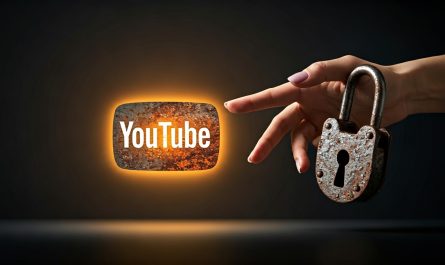Social Media vs. Real-Life Connections: A Comparison
Social media and real-life connections both serve as ways to interact with others, but they differ significantly in how they affect relationships, communication, and personal well-being. Here’s a breakdown of their advantages, drawbacks, and key distinctions:
1. Communication Quality
Social Media:
- Surface-Level Interaction: Messages are often short, text-based, and lack tone, facial expressions, or body language.
- Filtered Communication: People may portray an idealized version of themselves, leading to misrepresentation.
- Global Reach: Enables communication across distances instantly, making it great for staying in touch with friends and family far away.
Real Life:
- Deeper Connection: Face-to-face interaction includes verbal and nonverbal cues (tone, eye contact, body language), making communication richer and more genuine.
- Immediate Feedback: Allows for more spontaneous and authentic exchanges.
- Personal Touch: Physical presence fosters trust and emotional bonding.
2. Relationship Depth
Social Media:
- Quantity Over Quality: Encourages accumulating many “connections,” often at the expense of meaningful relationships.
- Weak Ties: Most online interactions are with acquaintances rather than close friends or family.
- Validation Seeking: Relationships can become transactional, focused on likes, comments, or follower counts.
Real Life:
- Intimacy: Real-life interactions build stronger emotional bonds and trust.
- Vulnerability: In-person conversations often involve more vulnerability, strengthening connections.
- Shared Experiences: Activities like sharing meals, physical touch, or engaging in group events create memories and deepen relationships.
3. Convenience vs. Effort
Social Media:
- Convenient: Communication happens anytime, anywhere.
- Low Commitment: Easy to message or comment without much effort or emotional investment.
- Time-Consuming: Endless scrolling and notifications can detract from meaningful interactions.
Real Life:
- Effortful: Scheduling and maintaining in-person interactions require time and commitment.
- More Rewarding: The effort put into real-life relationships often leads to deeper satisfaction and fulfillment.
4. Emotional Impact
Social Media:
- Comparison and FOMO: Seeing curated highlights of others’ lives can lead to feelings of inadequacy or missing out.
- Loneliness Paradox: Despite connecting with more people, overuse can lead to feelings of isolation.
- Validation Loops: Dopamine hits from likes and comments can create dependency for self-esteem.
Real Life:
- Empathy and Support: Being physically present allows for a stronger emotional connection, especially during tough times.
- Positive Influence: Quality time with friends and loved ones fosters happiness and reduces stress.
- Fewer Distractions: Real-life conversations aren’t interrupted by notifications or multitasking.
5. Connection Scope
Social Media:
- Broad Reach: Enables networking, building global communities, and interacting with people of diverse backgrounds.
- Superficial: These connections are often fleeting or shallow, lacking the depth of real-life relationships.
Real Life:
- Localized Connections: Limited to people in your immediate environment, but these relationships are usually more meaningful.
- Shared Context: In-person connections are often tied to shared activities, cultures, or experiences.
6. Impact on Personal Well-Being
Social Media:
- Overuse Risks: Can lead to stress, anxiety, and reduced self-esteem.
- False Sense of Community: Feeling connected online might mask real-life loneliness.
- Social Overload: Constant availability can create burnout.
Real Life:
- Strengthens Mental Health: Face-to-face interactions boost oxytocin (the bonding hormone), reducing stress and loneliness.
- Grounding: Real-life connections often feel more stable and enduring.
- Focus on the Present: In-person interactions encourage mindfulness and being fully present.
Balance is Key
Both social media and real-life interactions have their place, and a balanced approach can maximize the benefits of each:
- Use Social Media to Maintain and Build:
- Stay connected with distant loved ones.
- Meet new people with shared interests.
- Use it as a tool to organize in-person events or strengthen offline relationships.
- Prioritize Real-Life Interactions:
- Invest time in face-to-face relationships for deeper emotional connection.
- Practice mindfulness during real-life interactions—put the phone away!
- Seek out shared experiences like hobbies, meals, or outdoor activities.
Would you like tips on how to strengthen real-life relationships or manage social media use more effectively?


